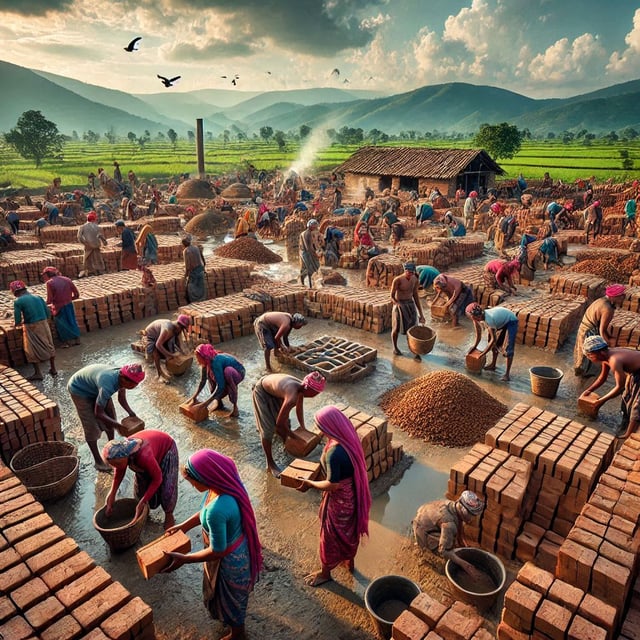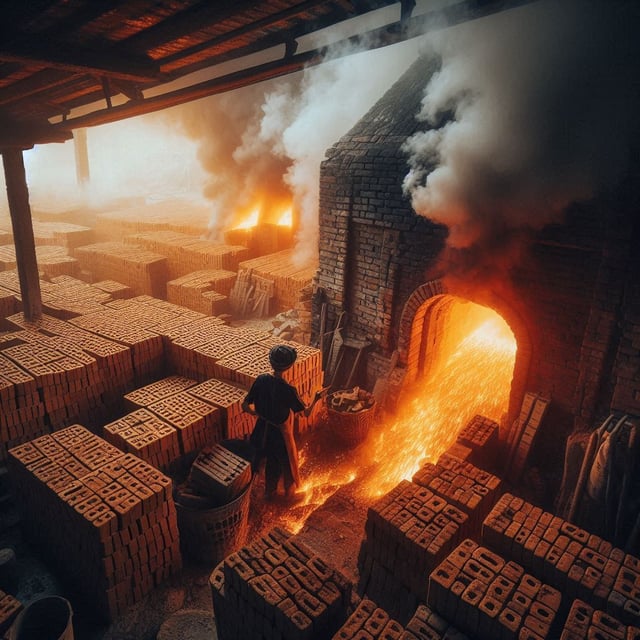Conquering the Unconquered Virgin Peaks

Nepal is a country famous for its majestic peaks- a pilgrim site for adventurers hoping to conquer the highest pinnacle on earth.
The mountaineer's incline to conquer the tallest mountain in the region, potentially overlooking more challenging ones, may lead to some arduous summits going unnoticed, unclimbed, and uncelebrated.
Some mountaineering literature agrees that scaling the second and third tallest peaks, namely K2 and Kanchenjunga, is riskier than ascending the world's highest, Mount Everest.
There are seven provincial divisions in Nepal, out of which six provinces in Nepal that boast mountains that exceed 7000 meters above sea level. One of the most popular pinnacles which is also sometimes considered the most dangerous peak in Gandaki Province, Annapurna I (8,580m.) became the first peak above 8,000 meters to be ascended in 1950 by the French Expedition team.
Similarly, the Koshi Province is home to the legendary Mount Everest (8,848.86 meters), the highest peak in the world, and was ascended in 1953 and echoed across the globe- a pinnacle that holds international significance.
Lumbini Province, situated in the south of the mountainous Dolpa district, is not widely recognized for its Himalayas; however, it is home to Dhauligiri VII (7,246 meters). In 1954, Jimmy Roberts, a legendary explorer, and climber, had summitted- Dhauligiri VII.
A year later, in the present-day Bagmati Province, a Franco-Swiss expedition team succeeded in scaling the formidable Mt. Ganesh Himal (7,446 meters) in 1955, ascending the tallest peak in the province.
Throughout the 1950s, at a rate of two or three parties of climbers per year made the ascent of various peaks. However, tourism in remote mountain areas was not encouraged during this period. As a result, peaks in the western region of Nepal were climbed much later.
The highest point in Sudur Paschim Province, Api Himal (7,132 meters), saw its first ascent by the Doshisha Alpine Society, a Japanese expedition team in 1960.
Three days after the ascent of Api Himal, a team of six people belonging to four different countries was able to reach the summit of the world’s highest peak, located solely in a single country via Dhaulagiri I in Gandaki Province, Nepal. This peak was once assumed to be the tallest peak in the world.
In 1965 and 1969, the Nepalese government imposed a ban on mountaineering across all Himalayan ranges. After the climbing ban was lifted, mountaineering and summitting became legal for over thirty-eight peaks, igniting the enthusiasm for mountaineering in Nepal.
Churen Himal (7,385 meters), the tallest summit in the Karnali Province, was ascended by the Academic Alpine Club of the Shizuoka Expedition team in 1970. The successful climb of Churen Himal marked a major milestone, concluding the climbing journey of all the tallest mountains in the six provinces.
In the 20th century, the tallest unclimbed peak was Lhotse Middle (8,410 meters), which was first ascended in 2001.
Currently, the tallest unconquered peak not opened for climbing is Gangkhar Puensum (7,570 meters), which is also the highest peak in Bhutan. Bhutan prohibits climbing all peaks above 6,000 meters, a policy that resonates with indigenous communities even in Nepal.
There are claims that Pakistan’s Muchu Chhish (7,452 meters) is the second-highest unclimbed peak and also the highest unclimbed peak open for climbers. The claim linked to Pakistan’s Muchu Chhish does not fit our database- our records show that Shanti Shikhar/ Shartse (7,591 meters) in Nepal is the tallest peak open for climbing but remains unsummited.
In recent years, these lesser-known mountains have been attracting mountaineers. In 2021, a Korean team scaled the Mariyang Peak (6,528 meters) in the Dolpa district. Then, on May 4, 2022, five climbers’ from the Korean Kyungbock High School Alpine Club, accompanied by two Nepali mountain guides, summited Phu Khang Peak (6,694 meters).
Nepal is home to a staggering 1,310 mountains above 6,000 meters, with 90 exceeding the 7,000-meter mark. Out of these peaks, 414 peaks are open for climbing. Due to the rugged terrain, many summits in Nepal have yet to be ascended.
As adventurers explore the Nepali wilderness, they continue to make fascinating discoveries. In 2019, Kajin Sara (5,200 meters) was discovered in Chame Rural Municipality. In 2023, another new lake in Dolpobuddha Rural Municipality, Dolpawas, was found at 5,190 meters.
The video documentation of climbing endeavors is as old as the expedition to the highest peak in Tibet. Nepal offers a wealth of opportunities for adventurers and filming projects.
It’s essential to have an expert local team experienced in this field. Nepa~laya Productions has worked on a documentary at the Annapurna Base Camp and could be the ideal partner for your next filming Project.
Author
Kripendra Amatya, Researcher, Nepa~laya Productions
Editor
Dana Moyal Kolevzon, Director of International Relations, Nepa~laya Productions
Published Date
January 1, 1970



